Researchers discovered that female mice gain access to aggression after giving birth through a brain circuit usually dormant in non-pregnant females.
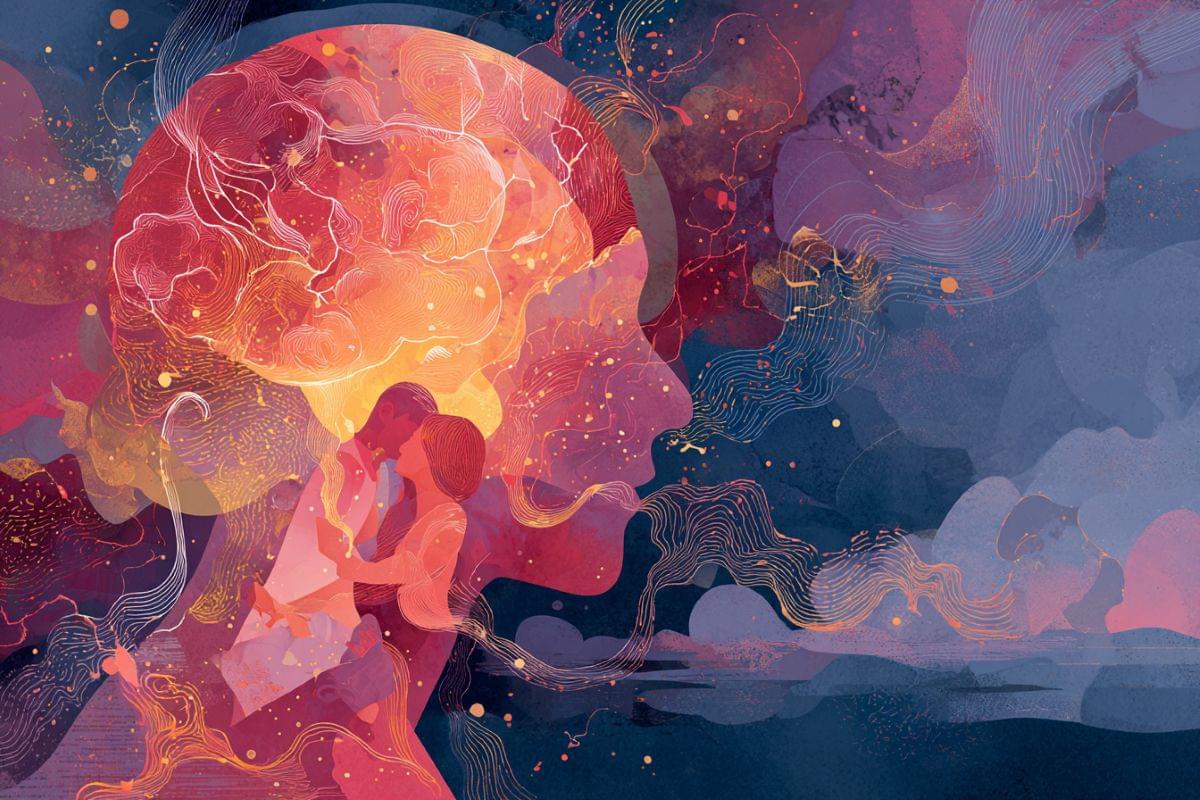

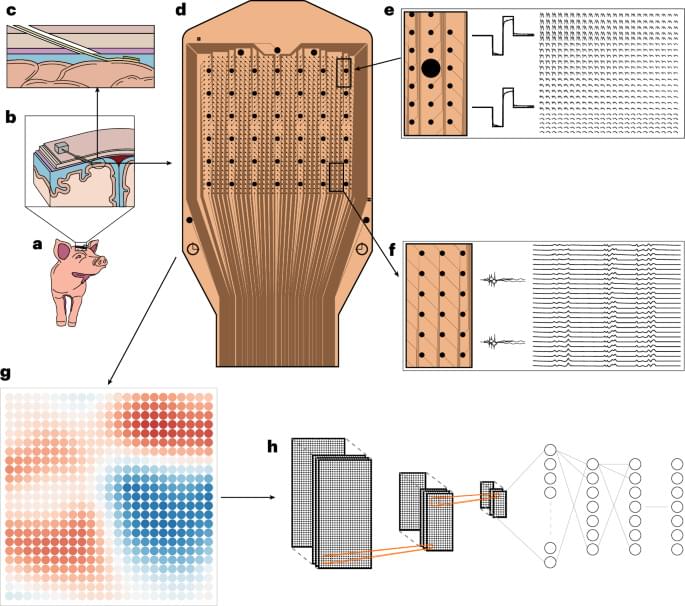
To elicit VEPs, the eyelid corresponding to the stimulated retina was retracted temporarily while periodic 50 ms flashes were generated at 1 Hz from an array of white light-emitting diodes (LEDs). Neural response waveforms were temporally aligned to the stimulus onset. VEPs were calculated as the time-aligned averaged signals over 150 trials.
Electrical stimulation at the cortical surface was applied at one of the 200 µm electrodes, controlled by the Intan Technologies RHS controller and RHX software. Charge-balanced, biphasic, cathodic-first, 200 µs pulses of 100 µA peak current were delivered at 0.25 Hz. The evoked potentials were recorded over a series of trials. During analysis, for each trial and electrode, the Hjorth ‘activity’ of each trial was computed as the variance of the signal from 200 ms to 2,000 ms post-stimulation, and the average activity was taken over 40 trials.
A 1,024-channel array was placed over the sensorimotor cortex on each hemisphere following carefully sized bilateral craniectomies. Two Intan 1,024-channel RHD controllers were used to record from both arrays simultaneously.
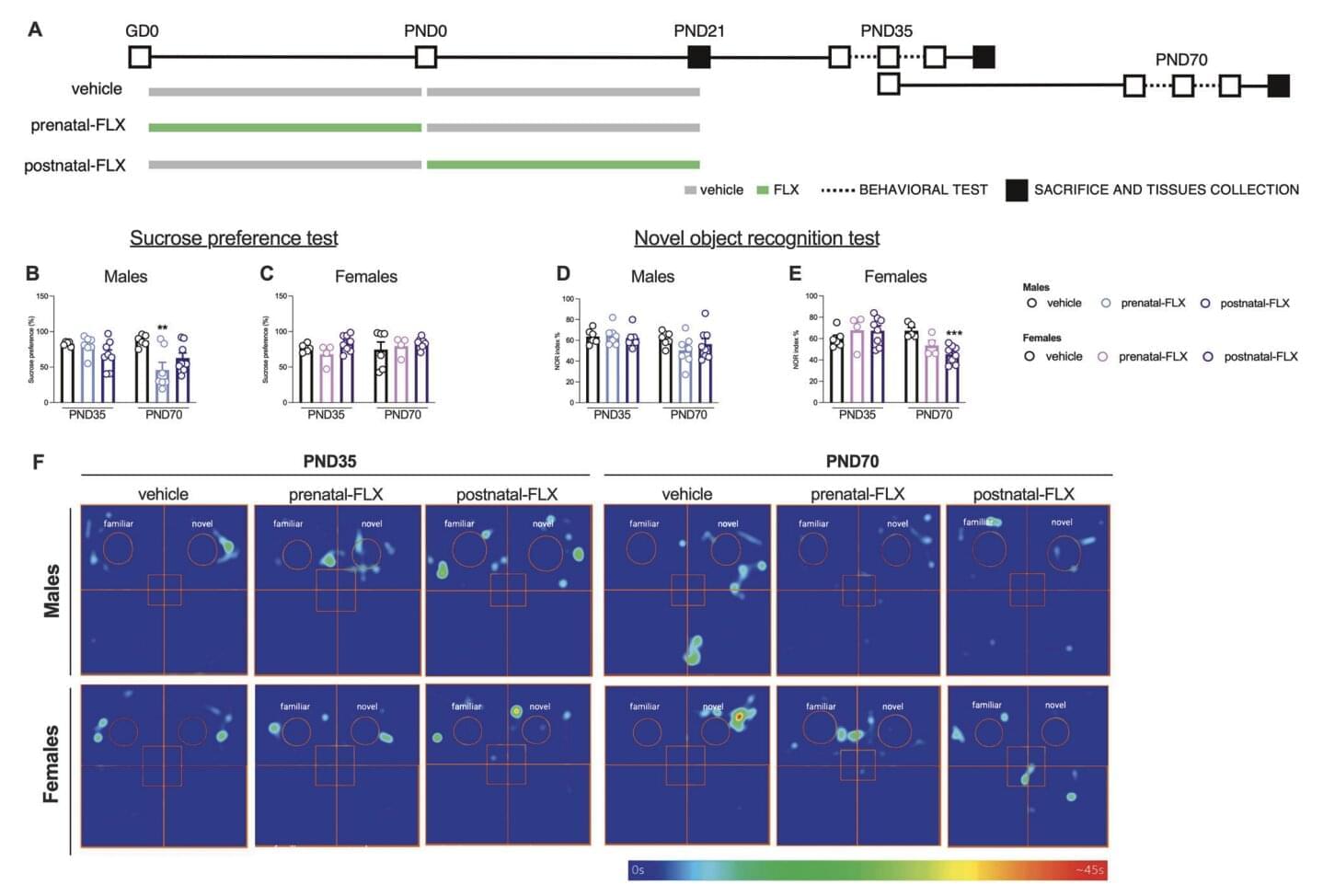
Past neuroscience studies have consistently showed the profound effects of early life experiences on the brain’s wiring, particularly on the formation of the junctions that enable communication between neurons (i.e., synapses). The influence of early life experiences was found to be particularly pronounced during so-called sensitive periods (SPs), windows of time during which the brain’s plasticity (i.e., its ability to form or reorganize neural connections) is heightened.
Experimental evidence suggests that these periods of heightened brain plasticity are regulated by specialized neurons that release the inhibitory neurotransmitter GABA (gamma-aminobutyric acid). So-called parvalbumin-positive (PV+) interneurons have been found to play a central role in the unfolding of SPs, as their gradual enclosure into protective structures was linked to the conclusion of these periods.
Researchers at University of Milan and University of Helsinki recently carried out a study exploring the effects of early exposure to the widely prescribed antidepressant fluoxetine (FLX) on the regulation of SPs in rats. Their findings, published in Molecular Psychiatry, suggest that exposure to fluoxetine during gestation, pregnancy or breastfeeding could influence the brain development and behavior of rat pups later in life.
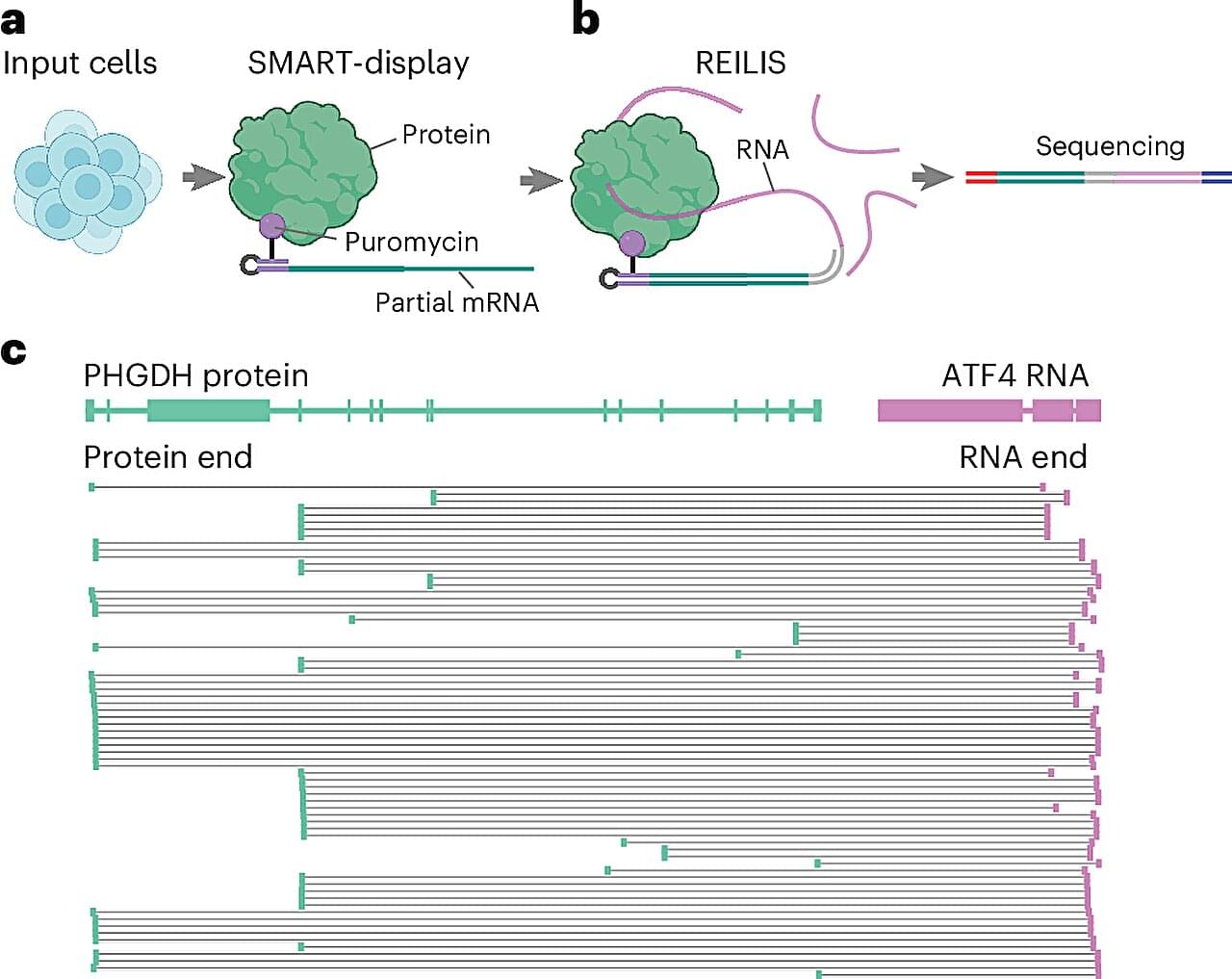
Bioengineers at the University of California San Diego have developed a powerful new technology that can map the entire network of RNA-protein interactions inside human cells—an achievement that could offer new strategies for treating diseases ranging from cancer to Alzheimer’s.
RNA-protein interactions regulate many essential processes in cells, from turning genes on and off to responding to stress. But until now, scientists could only capture small subsets of these interactions, leaving much of the cellular “conversation” hidden.
“This technology is like a wiring map of the cell’s conversations,” said Sheng Zhong, professor in the Shu Chien-Gene Lay Department of Bioengineering at the UC San Diego Jacobs School of Engineering, who led the study published in Nature Biotechnology.
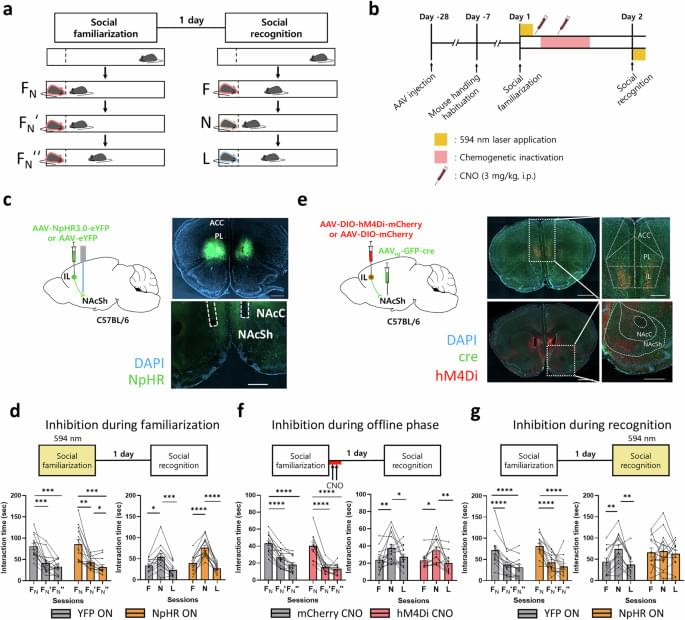
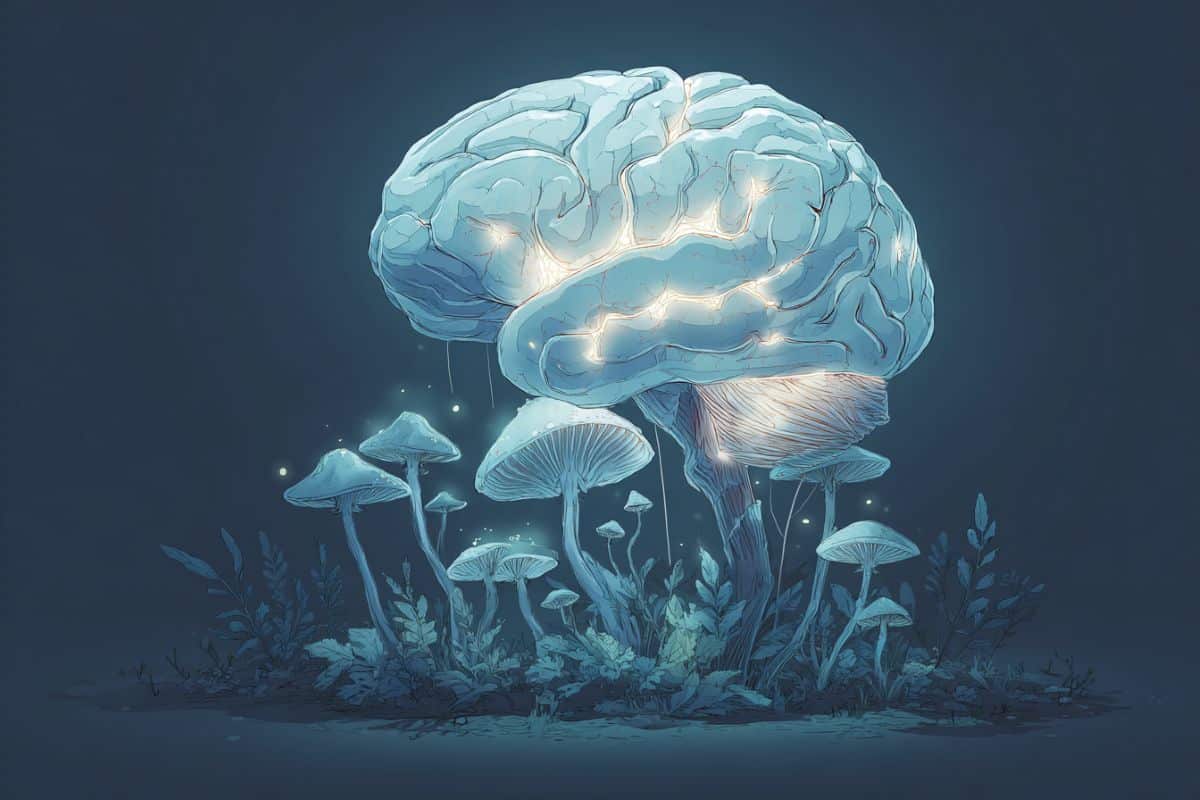
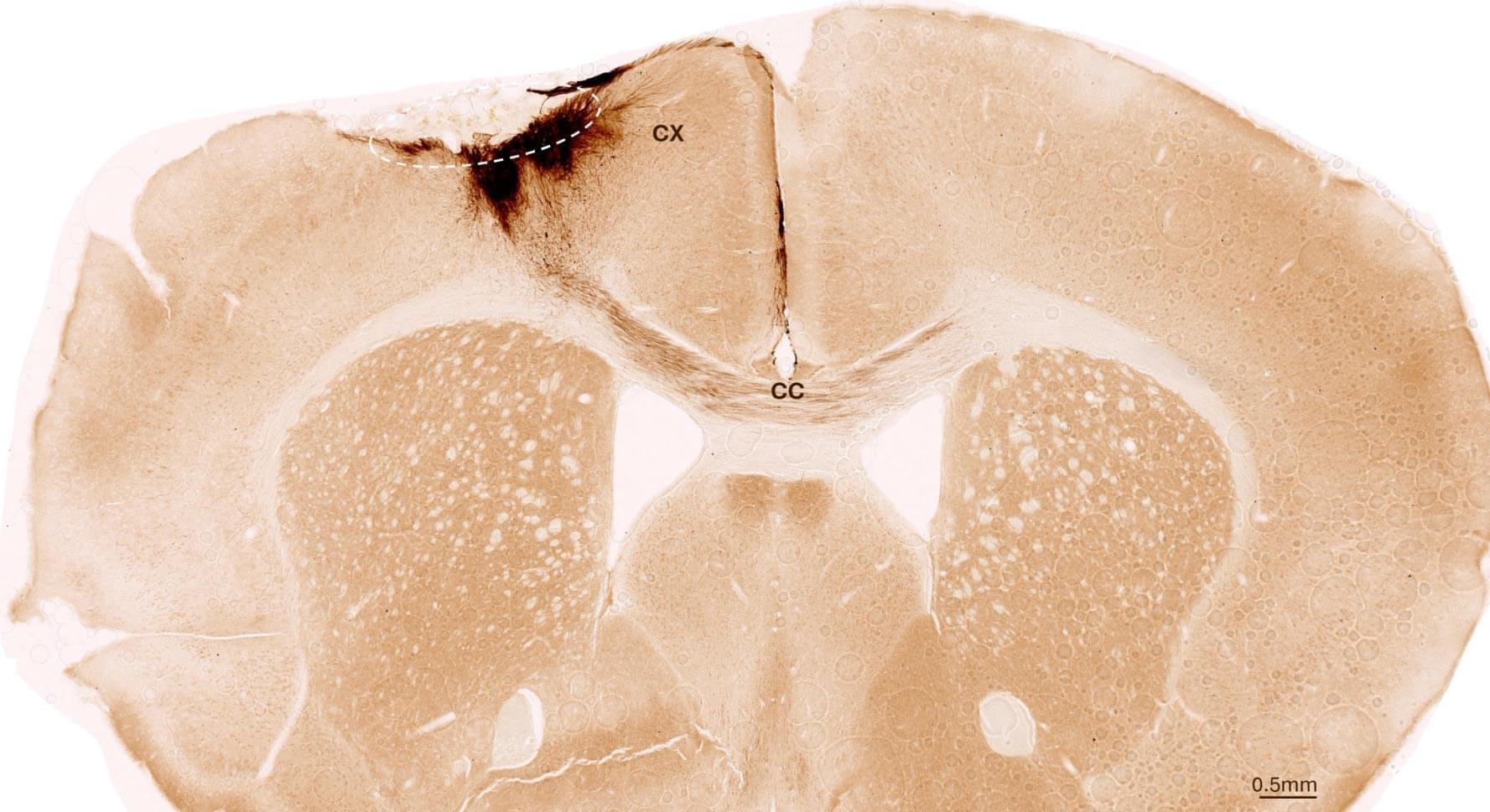
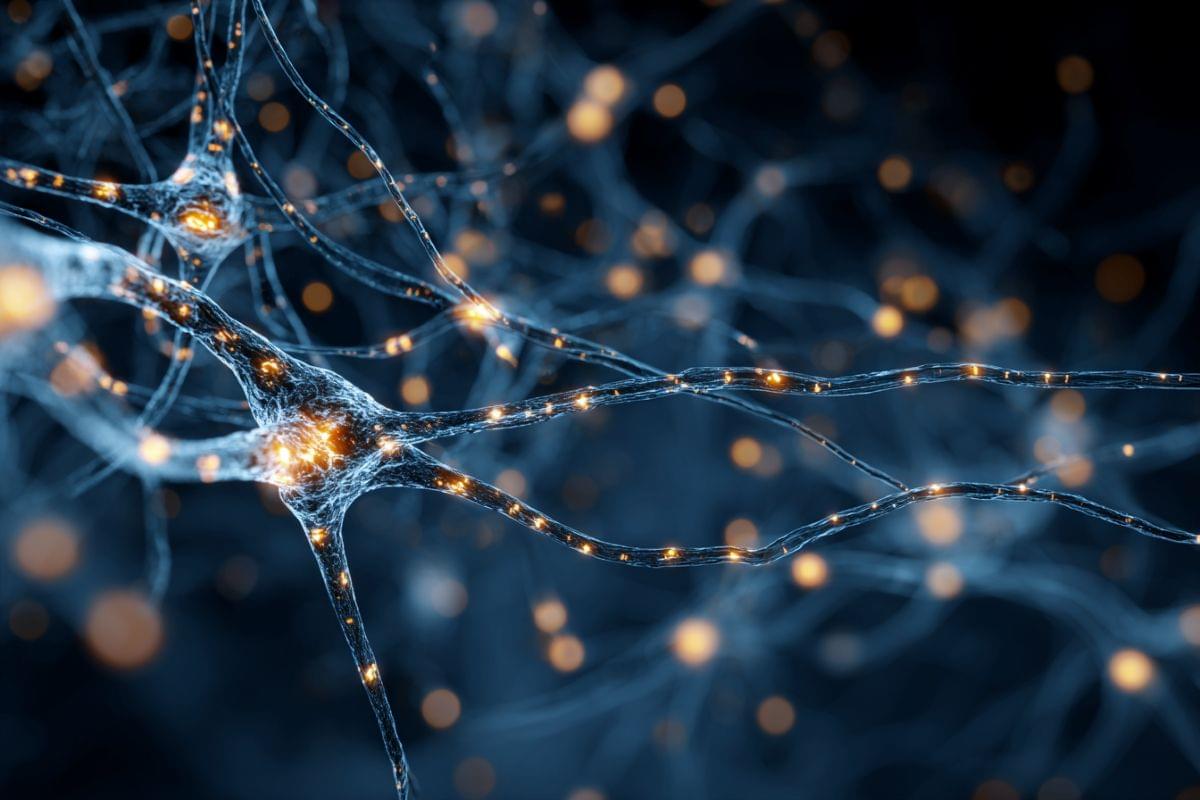

Autism spectrum disorder (ASD) is a neurodevelopmental disorder that is estimated to be experienced by roughly 1 in 127 people worldwide. It is characterized by atypical patterns in brain development, which manifest in differences in communication, social interactions, behavior and responses to sensory information.
Past neuroscientific and genetic studies suggest that a variety of factors contribute to the development of ASD. These can include genetic factors, chemical alterations that influence the expressions of genes (i.e., epigenetic factors), differences in the structure of specific brain regions or neural circuits, and environmental factors, such as early life events or infections or immune responses during pregnancy.
Researchers at the Korea Brain Research Institute and University of Fukui in Japan recently carried out a study aimed at further exploring these different dimensions of ASD, focusing on brain structure, the communication between brain regions, epigenetic changes and behavioral patterns. Their findings, published in Translational Psychiatry, paint a clearer picture of the intricate underpinnings of the disorder and could inform the development of more precise tools for diagnosing it.
